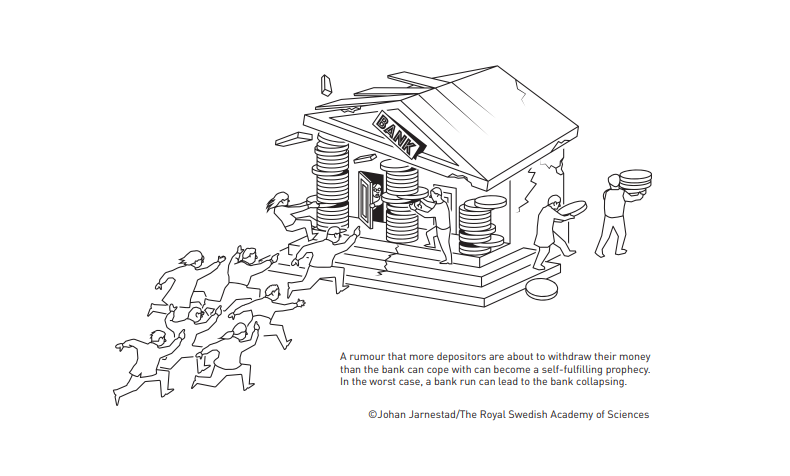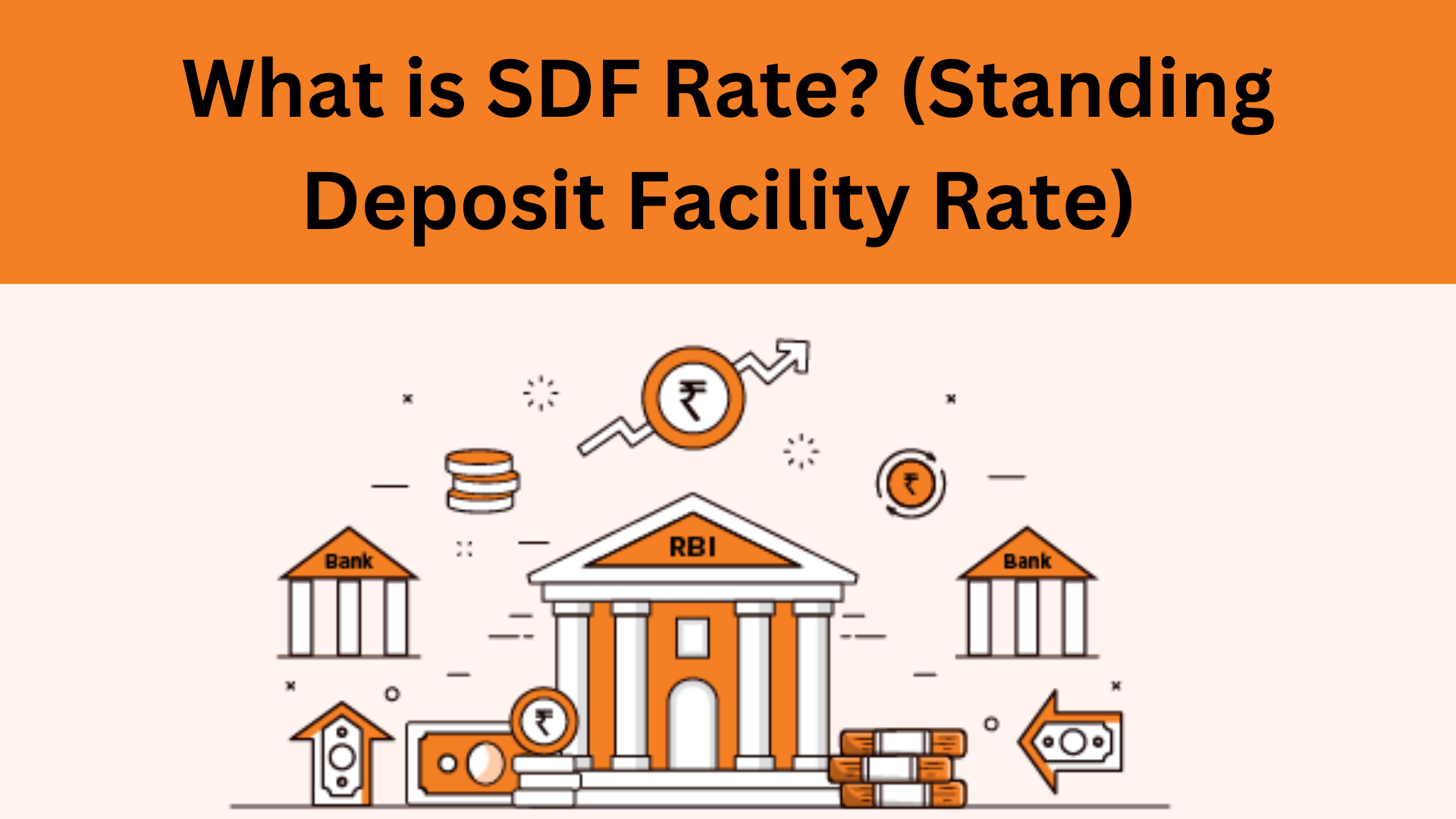The standing deposit facility rate is the percentage set by the Reserve Bank of India at which the banks can park excess funds with the RBI and earn the interest at SDFR without demanding collateral (G-Sec) for overnight & term operations. In simple words when RBI wants to reduce the money supply or liquidity in the market it increases the SDF Rate.

What is LAF (Liquidity Adjustment Facility)?
The LAF or Liquidity Adujustment facility is used by the RBI to control the flow of money in the system. For example if there is excess liquidity in the market then RBI will intervene in the market to change the status quo. The same approach is applied when there is lack of liquidity. To understand the LAF we have to understand three key rates namely – Policy Rate, Standing Deposit Facility Rate, Marginal Standing Facility Rate and a term that combines the three namely Liquidity Adjustment Facility corridor.
The width of the corridor in the image shown in 50 bps. However, the width of the corridor is not always 50bps. It can change depending on the circumstances. For Example during covid RBI announced – “In view of persistent excess liquidity, it has been decided to widen the existing policy rate corridor from 50 bps to 65 bps. Under the new corridor, the reverse repo rate under the liquidity adjustment facility (LAF) would be 40 bps lower than the policy repo rate. The marginal standing facility (MSF) rate would continue to be 25 bps above the policy repo rate.”
Also prior to 8th April 2022 the floor of the LAF corridor was FORRR (Fixed Overnight Reverse Repo Rate) instead of Standing Deposit Facility Rate. However, post 8th April 2022 the floor of the corridor is Standing Deposit Facility Rate.

Urjeet Patel Committee Report
SDF or Standing deposit facility was first discussed in 2014 in the committee headed by former RBI governor Mr. Urjeet Patel. However, it was implemented 8 years later on 8th April 2022. Primarily, Urjit Patel Committee recommended CPI over WPI as a measure for inflation targeting. The Consumer Price Index (CPI combined) inflation target was set by the Government of India at 4% with ± 2% tolerance band
What is Standing Deposit Facility
This facility allows the banks to park their excess funds with RBI and earn interest i.e SDF Rate for overnight or a number of days without taking any collateral from the RBI.

What happens when Standing Deposit Facility Rate increases?
When SDF Rates rise banks are incentivized to park excess funds with RBI & earn interest on the deposits safely rather than disburse loans. This results in reducing the money supply in the market. Hence, cools the rising inflation.
- SDF Rates ⬆️ Loan disbursal ⬇️
- Loan disbursal ⬇️ Liquidity⬇️
- Liquidity⬇️ Inflation ⬇️
What happens when Standing Deposit Facility Rate decreases?
When SDF Rates decrease banks are disincentivized to park excess funds with RBI & earn less interest on the deposits. Therefore they find it beneficial to lend money to borrowers. This results in increasing the money supply in the market. Hence, stabilises the economy.
- SDF Rates ⬇️ Loan disbursal ⬆️
- Loan disbursal ⬆️ Liquidity⬆️
- Liquidity⬆️ Inflation ⬆️
Shoutout
If you’re a finance enthusiast and would want to open a Demat account for trading and investing then use the link below 👇👇 and give us a chance to serve you better. Lowest Brokerage highest support 🙏🙏. These links are for Indian readers specifically. If you’re reading this post from outside India, there are other ways to support us, like sharing the content or giving us a reach, or mentioning us, Happy reading, and keep lrnin.



